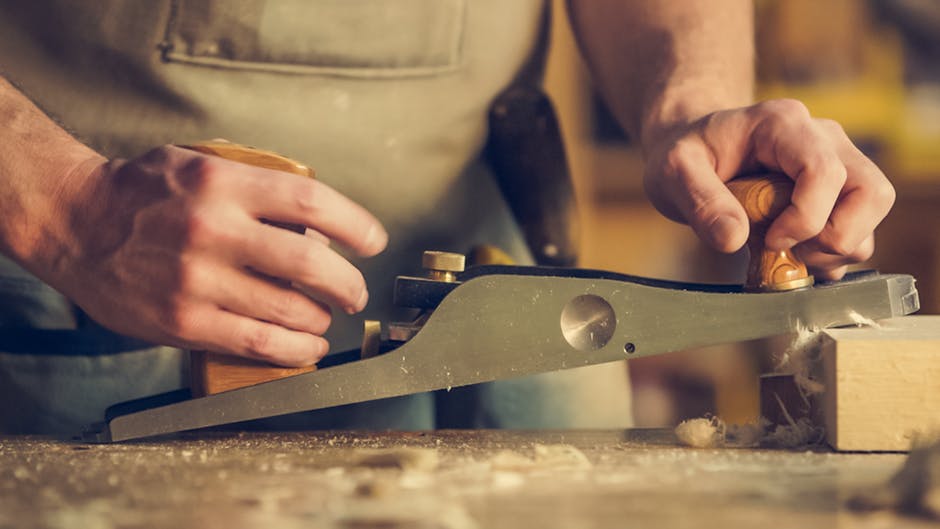The art of woodworking has long since been drawn out of the medium of modern academia. Nowadays, you’d be hard-pressed to find a class offered in any educational institution below college level, which I would say is a shame. The merits of any shop class, even something besides woodworking, are drastically underappreciated.
Circa a Millenia or so ago, in Japan, samurai were considered to be among the most skilled warriors seen during their era. However, concurrent with their renowned skill with a blade, they were also a highly literate and cultured caste of people. A saying came about: bun bu ryo do, which translates to “the pen and sword in accord.”
Bun bu ryo do denotes a necessary balance that all men should seek within themselves. In the modern day, you don’t typically see men wandering with swords at their hips, like the samurai did. Thankfully, you don’t need to arm yourself with the nearest weapon to abide by the concepts of bun bu ryo do. Simply put: every hard side needs a soft side. Something devoted to the art and beauty of the world.
Samurai was dedicated to observing various arts because they recognized the necessity of balancing violence with education, learning, and peace. You know, yin and yang - though that’s Chinese. The whole is greater because the two halves of the person complement each other.
That Makes Woodworking An Essential Skill For the Self
There are all sorts of artistic modes you could choose from the satisfy your latter half, but one of the most practical, zen-like options to choose would be woodworking. Whether you’re a novice or fairly experienced, everyone who takes a particular interest in woodworking should learn or refresh themselves on their woodworking basics.
5 Woodworking Basics
When it comes to woodworking basics, sometimes all you need is a little reminder to kick those old tendencies back into gear. Though foundations of what makes you excel at your craft, they can sometimes be neglected or underappreciated for what they offer. These are only a few tips and techniques that’ll help you get future projects under wraps.
1. Keep Your Tools Sharp
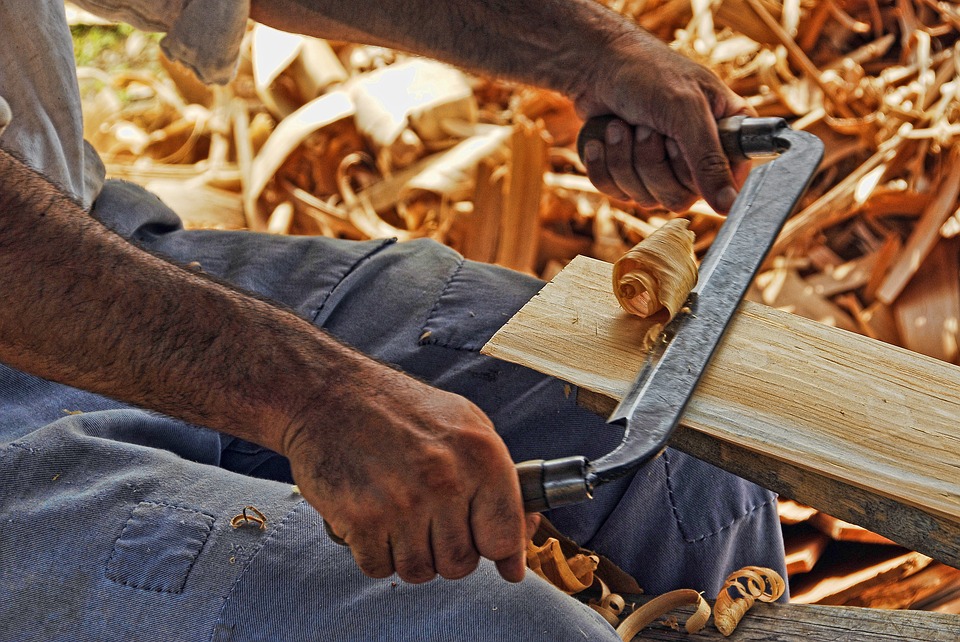
There’s a good feeling to having a little bit of oomph in your hands while woodworking. Exerting yourself on a project feels visceral and masculine. Like boiling a frog in water, you might not even notice that it’s harder to shape the wood than it used to be.
Dull tools creep up on you. Often times, they happen and you hardly notice that you’ve been working with a saw that requires twice the effort to use than it should. When it comes to keeping your tools in shape, dullness should always be at the forefront of your attention.
The woodworking basic of keeping your tools sharp results in a dozen safety redundancies and quality improvements. The harder you use a tool, the more likely it is to bend, kick-back, or break. Respectively, the sharper a tool is, the easier it will be to use, as well as resulting in cleaner cuts with less exhaustive effort.
There are plenty of methods of sharpening your equipment, usually boiling down to grinding followed by honing the edge. Make sure to pay attention while sharpening, or you might risk damaging your tools.
2. Mortise And Tenon And Dovetails
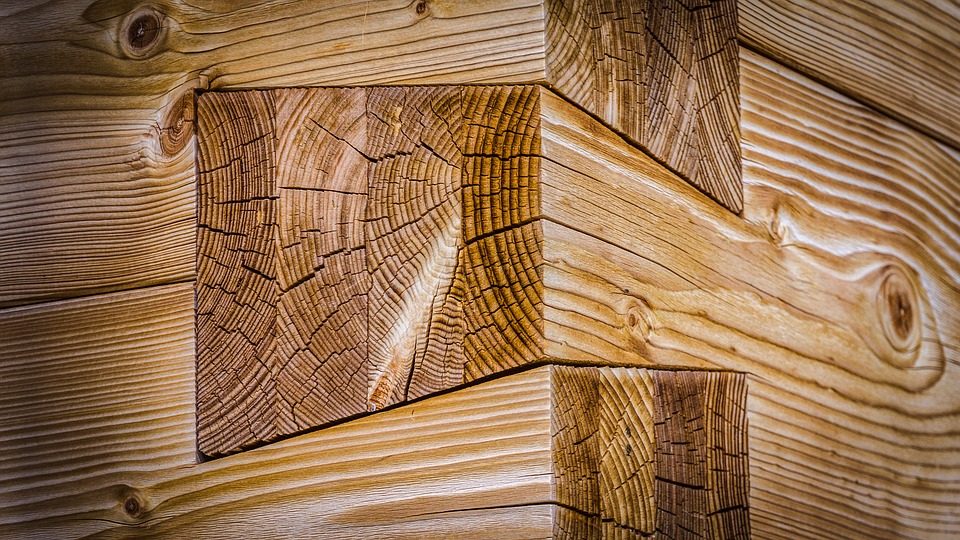
There are two important woodworking basic joints that should be in everyone’s playbook: mortise and tenon joints and dovetail joints. Two very separate but very important joint techniques that form the heart of your projects.
The mortise and tenon joint is among the most instrumental joints to use in woodworking. It’s ideal for joining any two pieces together at a 90-degree angle, such as a chair rail to a leg. While it can be carved by hand, for less experienced hands we’d recommend using a tool like a router and a tenoning jig. Start with the mortise first, since it’s easier to adjust the tenon to fill the space. The mortise is usually easily carved out with a chisel, and the tenon can be four simple saw cuts.
Dovetails have been used for thousands of years to build sans nails. They work like puzzle pieces: interlocked with trapezoidal pins, tails and corresponding sockets. With glue, they’re one of the strongest joints you can get in woodworking. With a saw, chisel, and how-to video, they make for fantastic practice for precision cutting.
3. Wood Grain Determines Strength

When choosing lumber for a project, the grain of the wood determines a lot of what that wood will be used for. A good woodworking basic skill is identifying good grain: long, straight, and parallel. Those are the three number one qualities to look for. You’ll absolutely want to avoid:
- Crushed wood
- Grain run-off
- Knots
- Curves
Any and all of these qualities result in overall weaker wood.
You should be careful, whenever you’re carving anything with a curve, to ensure that the curve runs with the grain, along the longest dimension. Cutting across the grain weakens the overall structure and leads to breaks.
4. Drilling Holes
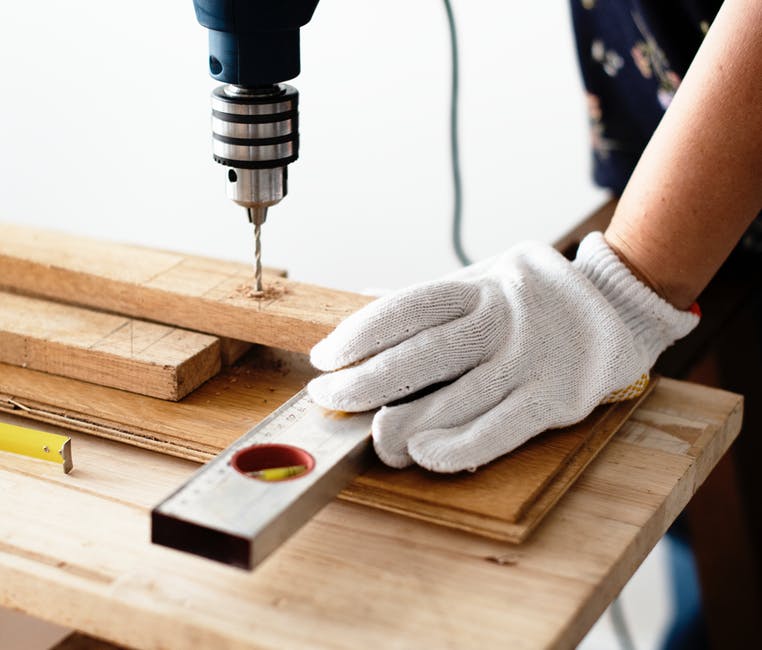
You’re going to eventually need to drill a hole in something when you’re working with wood. You may think, “Drilling holes isn’t hard.”
You’re right! Drilling holes is easy, just a power drill, some wood, and boom - a hole. But that doesn’t mean you can’t improve on your drilling. For instance, if you’re planning on mounting something small on the wall, such as a new outlet cover or a router, photocopy it first so you can use the picture as a guideline for accurate drilling.
Other helpful tips to improve your drilling include:
- Wrapping tape around the drill shaft so you don’t go too deeply.
- Drilling a small guide hole first for a bigger drill bit to follow for larger holes.
- Always check to make sure your drill bit is secure.
- Make sure the wood is secure too.
- Putting a “sacrifice board” behind the wood you’re intending to drill through prevents undue splinters and blow out after you drill through the board.
- Mark the drill spot every time with pencil.
The important thing is to let the drill do the work. Putting all your weight behind it doesn’t help the drill or the wood. You’re more there to make sure the drill goes in the right direction.
5. Proper Sanding Selection And Technique
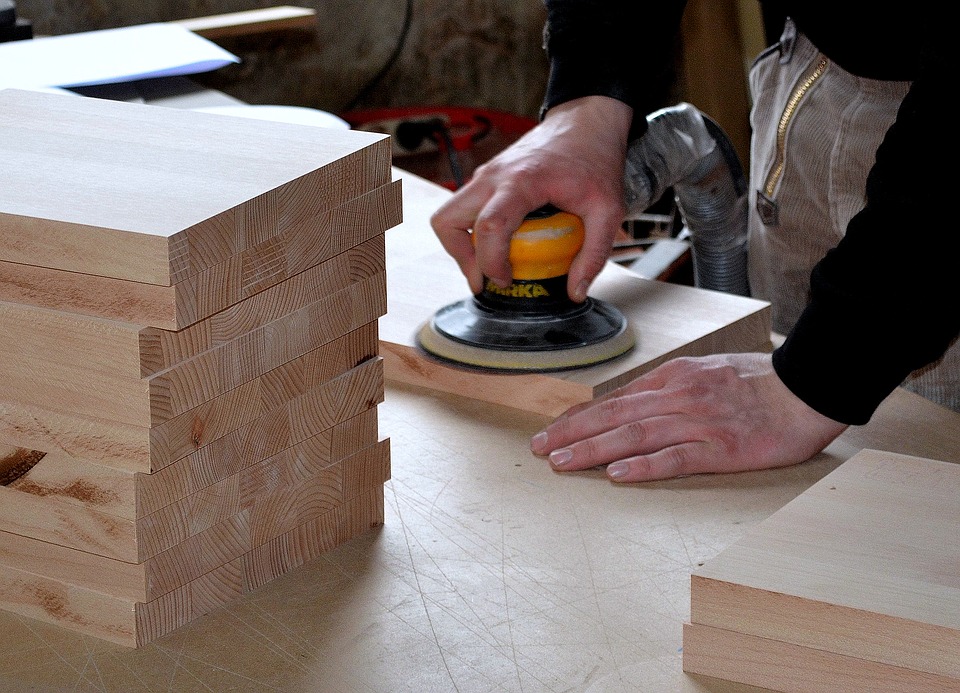
Among the final touches on a wood-based project is sanding the wood to a fine texture. It’s used primarily to remove dents and blemishes that the wood has sustained during handling, including mill marks, rough edges, and splinters. While labor intensive - and by that we mean tedious - it’s an unavoidable aspect of woodcarving and is, therefore, a tenement of woodworking basics.
So first you need a sander.
The best sander to use depends on the type and size of project you’re working on. For anything fairly small, you’ll be fine using either your hands or, preferably, a hand sander to work out those grooves. They’re cheap, easy to use, and a little intimate to put some love into your work.
For larger projects, you’ll want to look into using something bigger to get the job done proper.
An orbital sander is the next level for sanding. As a power tool, it minimizes overall muscle exertion while providing great control over your sanding.
The belt sander is going to be the powerhouse for large, flat projects. Far from hand-held, they’re good for quickly working through projects, but aren’t especially useful for precision or at-home projects.
Chances are you’re going to want to look into a good orbital or hand sander for most of your work.
Next, you need to make sure you have the right sandpaper. Sandpaper comes in a variety of grits which stand to measure their overall coarseness. The lower the number, the courser, and the higher, vice versa. Grits typically range from 20 to 1000, but you probably won’t need to go beyond 200 for most projects.
To start with proper sanding technique, you want to begin with coarse sandpaper. Then, once you’ve sanded it well enough, move up to a finer grade to finish the wood. Use long, smooth, even strokes while sanding, and continue until the wood is smooth or until you feel it’s time to move to a higher grit.
Pour Yourself Into Your Work
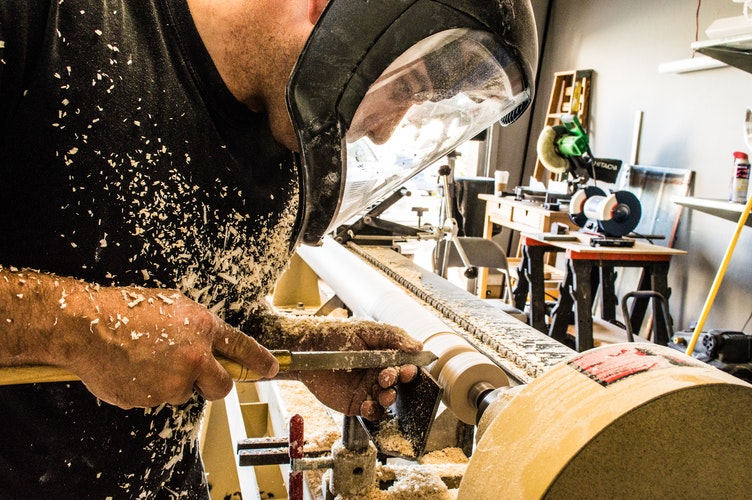
Like all skills, learning these woodworking basics, as well as many others, requires practice. Committing yourself to muscle memory can make previously tedious work into a cathartic experience as your work the wood into the shape you want.
Allow yourself to be intimate with your projects. Enjoying the process should be just as enjoyable as finishing the product. Whether you’re building a puzzle box for your nephew’s birthday, constructing a chair for your grandmother, or even a personalized baseball bat for yourself, every piece of work should have a bit of you worked into it.
That’s what makes woodworking so special. Every piece you create is independently unique, every slab of wood is different.

